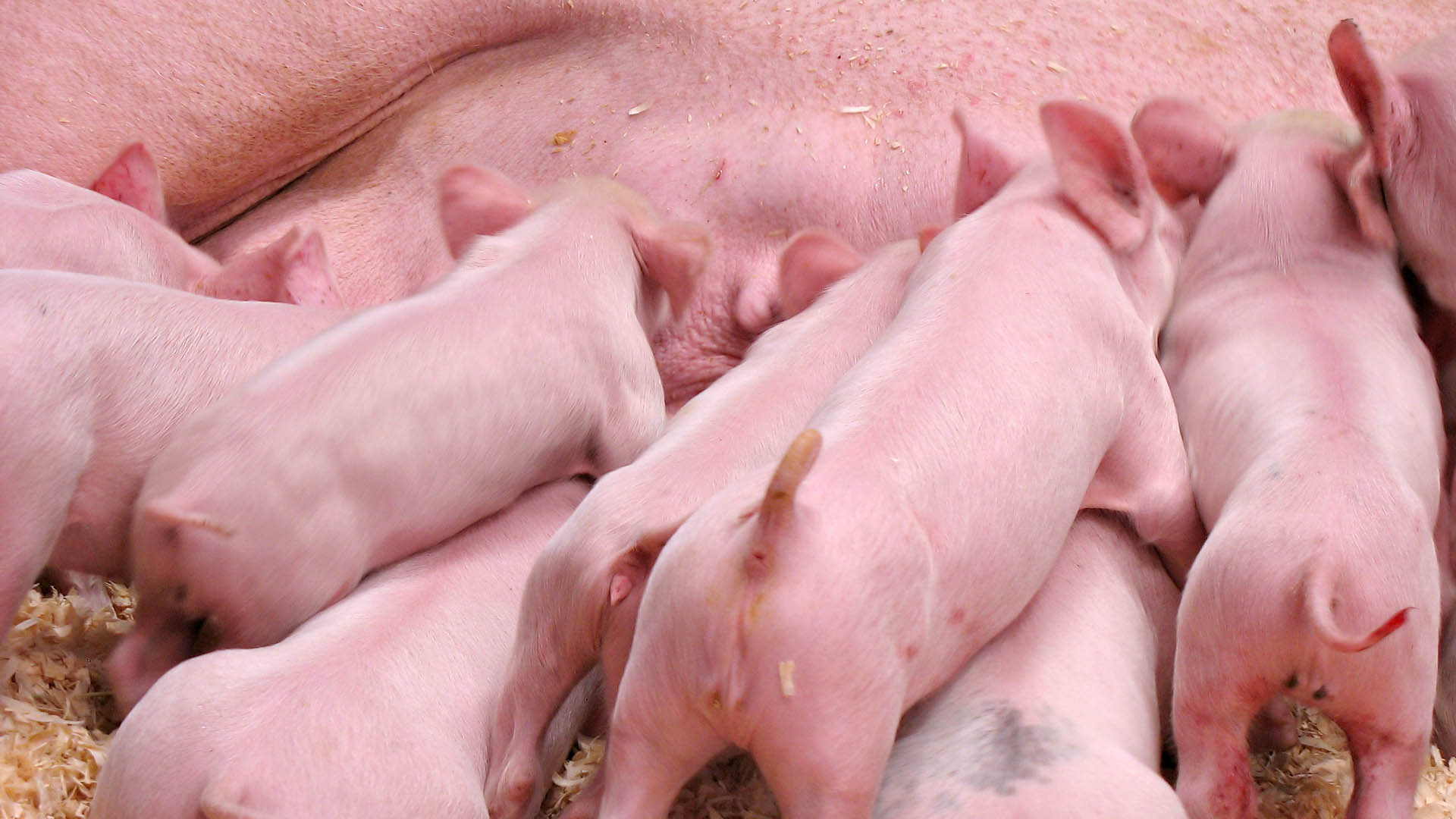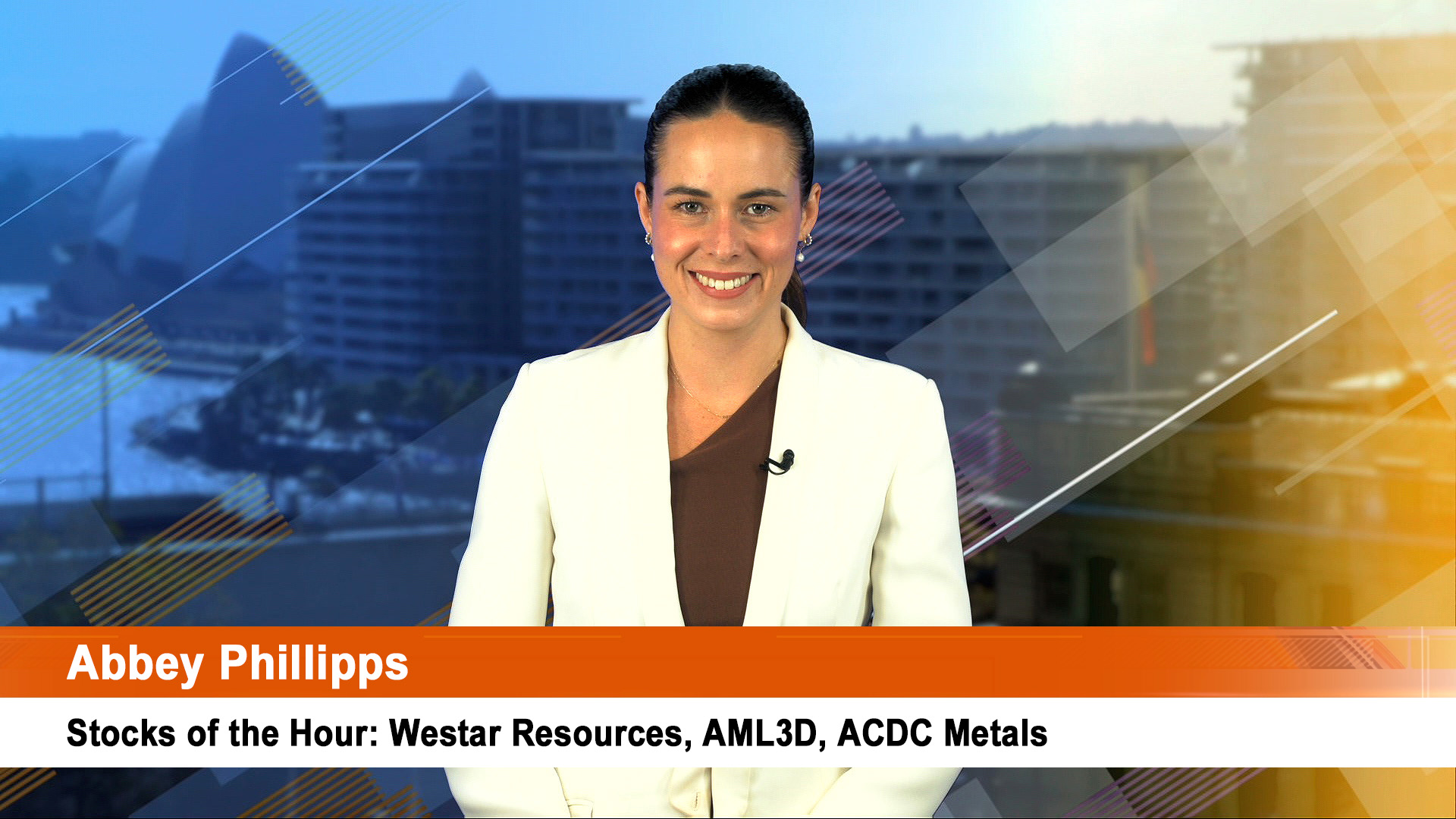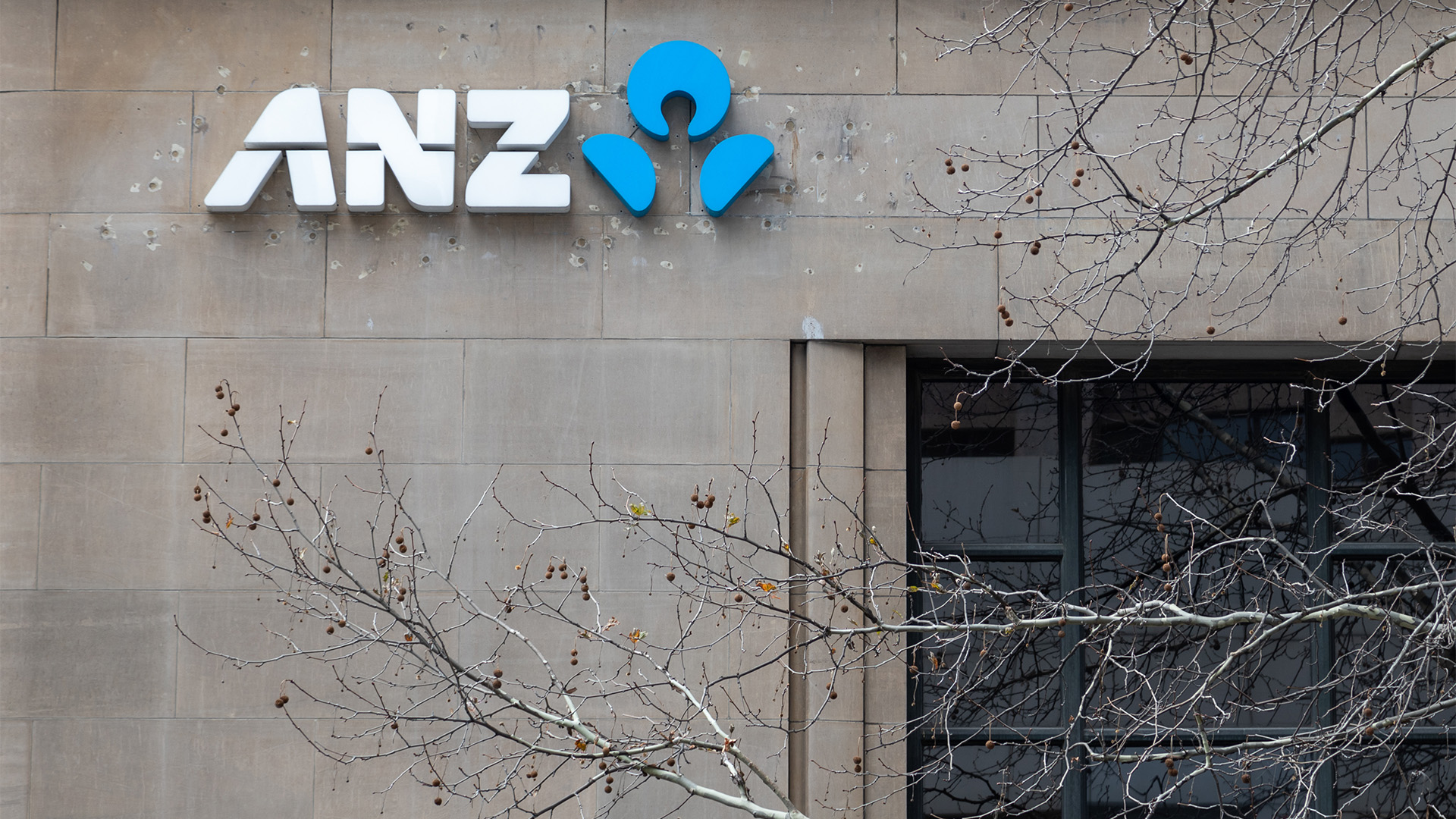No change from the Reserve Bank at its July meeting with the cash rate remaining on hold at 1.50% and likely to do so for the next year at least, if current economic trends continue, particularly weak wage growth.
Wages growth remains low. This is likely to continue for a while yet, although the stronger economy should see some lift in wages growth over time,” Governor Phil Lowe said in his post meeting statement.
“Consistent with this, the rate of wages growth appears to have troughed and there are increasing reports of skills shortages in some areas.
"Inflation is low and is likely to remain so for some time, reflecting low growth in labour costs and strong competition in retailing. A gradual pick-up in inflation is, however, expected as the economy strengthens. The central forecast is for CPI inflation to be a bit above 2 per cent in 2018.”
"The low level of interest rates is continuing to support the Australian economy. Further progress in reducing unemployment and having inflation return to target is expected, although this progress is likely to be gradual,“ Dr Low said.
So no need to lift interest rates, as some sections of the media and the economic commintariat have been urging.
The AMP’s chief economist, Dr Shane Oliver, who has been a ‘dove’ on monetary policy made the point that he saw “nothing in the RBA’s latest Statement to suggest an imminent change in monetary policy."
“While a brightening outlook for mining investment, strengthening non-mining investment, booming infrastructure spending and strong growth in export volumes argue against a rate cut, topping dwelling investment, uncertainty around the consumer, continuing weak wages growth and inflation, falling home prices in Sydney and Melbourne, tightening bank lending standards and the threat to global growth from a US driven trade war all argue against a hike.
"So it makes sense for the RBA to remain on hold.
"We remain of the view that an RBA rate hike is unlikely before 2020 at the earliest. And given the weakness in home prices and the negative wealth effect that will flow from that its premature to rule out the next move in official rates being a cut, he added.
He and some other analysts have noted that money market rates have risen, mainly due to the rise in US rates for our banks borrowing in US dollars. That is forcing some banks to lift some mortgage rates. Dr Oliver says that’s a concern.
“The RBA also appears to be a little more perplexed by the rise in money market rates seen in recent months seeing at as driven by “other factors” than just the US and unclear as to how long it will persist.
“The problem is that it is resulting in higher mortgage rates for some borrowers (with the big banks likely to move too) at a time when the property market is already weak and its harder to get a loan.
“If the rise in money market funding rates proves to be structural (due to say regulatory changes) then its another reason for the RBA to be cautious in raising interest rates and would point to the need for easier RBA policy over time than would otherwise be the case."













